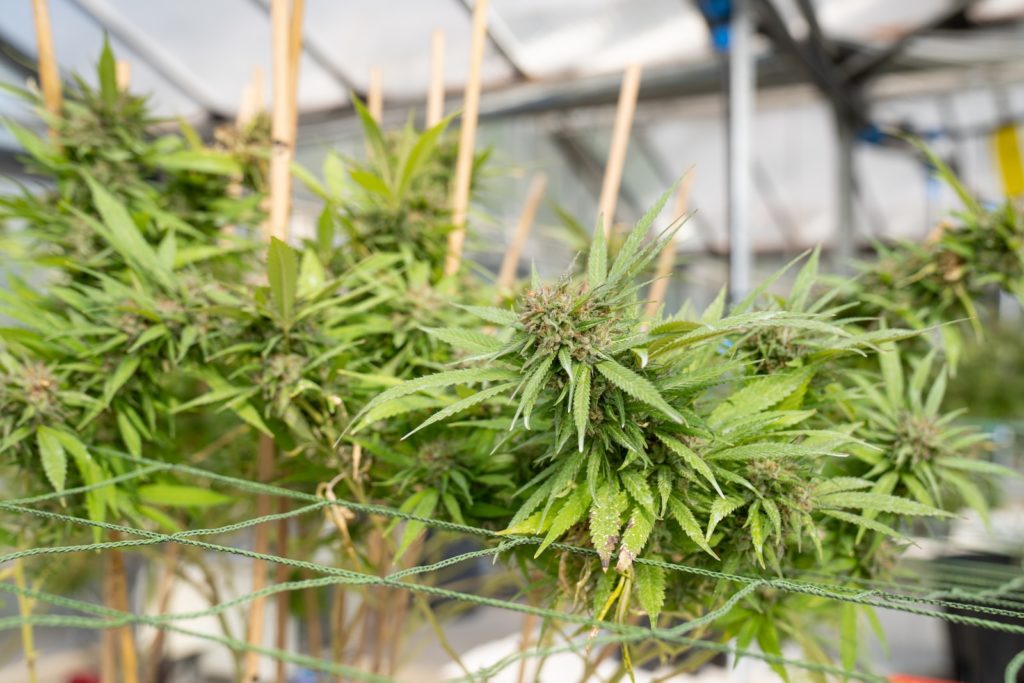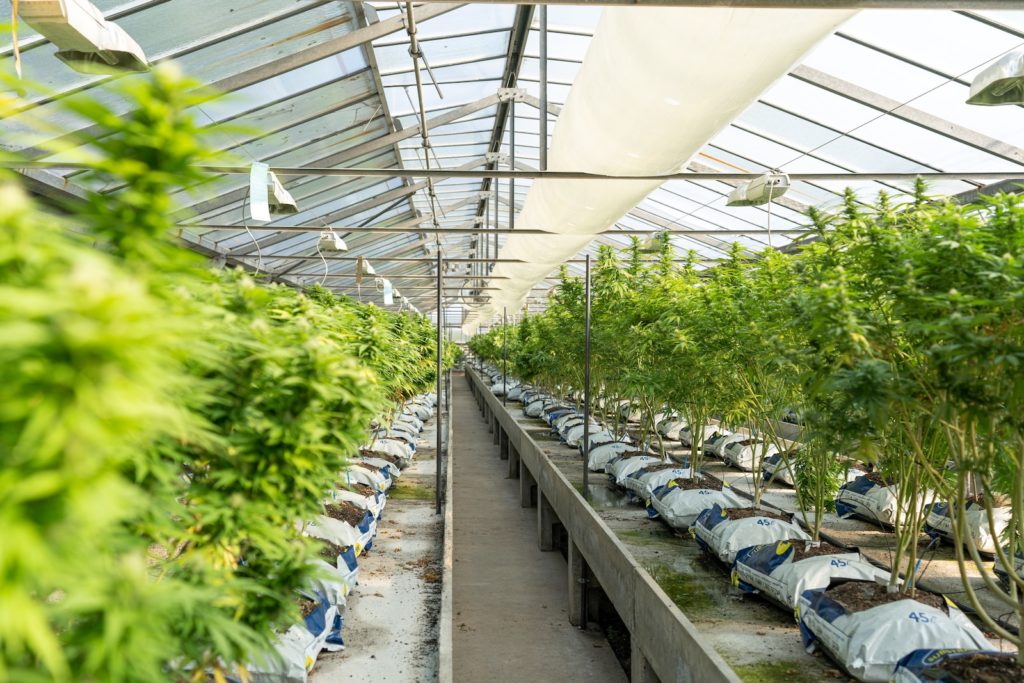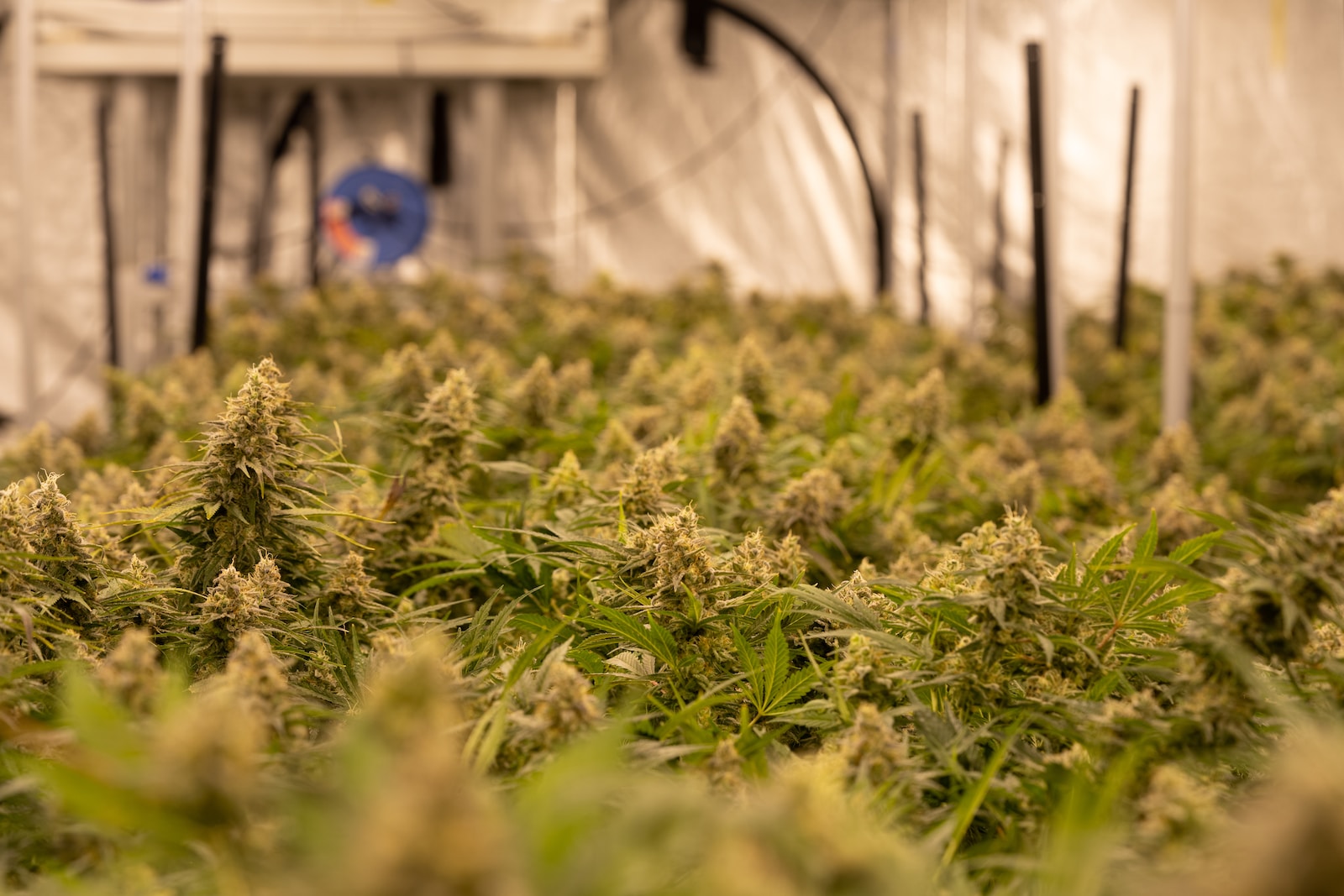Have you ever come across a plant and wondered, “Is that a weed or something else?” You’re not alone! Many plants bear a striking resemblance to the common weed, making it challenging to tell them apart. In this comprehensive guide, we’ll delve into the world of plants that mimic weeds, providing you with expert advice, first-hand knowledge, and valuable insights to help you differentiate between them. Whether you’re a gardening enthusiast or simply curious, read on to discover what plant looks similar to weed.

What Plant Looks Similar to Weed
Plants that resemble weeds are often found in various environments, from gardens to forests. Here, we’ll explore some of the most commonly encountered ones:
1. False Dandelion (Hypochaeris radicata)
- Description: Resembles a dandelion but has subtle differences in its leaves and growth pattern.
- Identification Tips: Look for serrated leaves and a single, tall stem with yellow flowers.
2. Henbit (Lamium amplexicaule)
- Description: Features purple flowers and leaves that appear similar to those of weeds.
- Identification Tips: Observe the square stems and the distinctive purplish hue of the flowers.
3. Broadleaf Plantain (Plantago major)
- Description: Shares similarities with broadleaf weeds, particularly in its leaf structure.
- Identification Tips: Note the oval, ribbed leaves with parallel veins.
4. Ground Ivy (Glechoma hederacea)
- Description: Resembles creeping weeds and can be mistaken for them.
- Identification Tips: Look for its scalloped, kidney-shaped leaves and small blue-violet flowers.
5. Common Purslane (Portulaca oleracea)
- Description: Often found in gardens, this plant can look like a weed at first glance.
- Identification Tips: Observe its succulent, thick leaves and small yellow flowers.
FAQs about Plants Similar to Weed

Q: Are these plants harmful to my garden?
A: While some of these plants may be considered weeds in certain contexts, they are not necessarily harmful to your garden. However, it’s essential to manage them appropriately.
Q: Can these plants be used for any beneficial purposes?
A: Yes, some of these plants have culinary or medicinal uses. For example, common purslane is edible and nutritious.
Q: How can I prevent these look-alike plants from taking over my garden?
A: Regular weeding, mulching, and proper garden maintenance can help control the spread of these plants.
Q: Are there any toxic plants that resemble weeds?
A: While most plants on this list are harmless, it’s essential to exercise caution and identify any potential toxic species in your area.
Q: Can I transplant these plants to another location in my garden?
A: Transplanting can be done for non-invasive look-alike plants, but be cautious not to spread weeds unintentionally.
Q: Are there specific regions where these plants are more prevalent?
A: The prevalence of these plants can vary by region and climate, so it’s essential to familiarize yourself with your local flora.
Conclusion
In the world of gardening and plant identification, knowing what plant looks similar to weed is a valuable skill. With the information provided in this guide, you’ll be better equipped to distinguish between these look-alike plants and common weeds. Remember to stay curious, observe closely, and continue learning about the diverse plant life that surrounds us.
